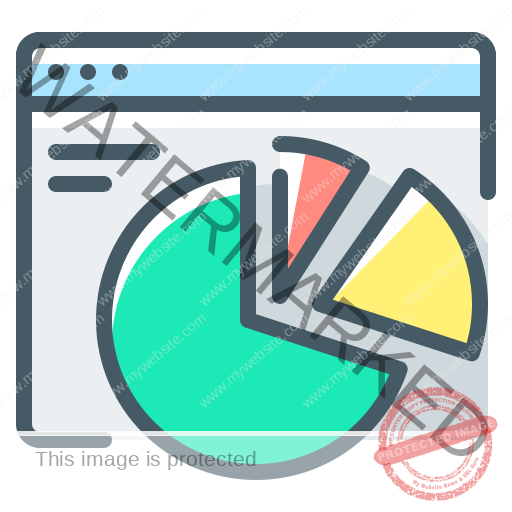
Keyword Research
Identifying relevant keywords and search terms that potential customers are using to find products or services related to a business.

On-Page Optimization
Optimizing individual web pages by improving elements such as title tags, meta descriptions, headings, URL structures, and internal linking to make them more search engine friendly and relevant to target keywords.

Off-Page Optimization
Building high-quality backlinks from authoritative and relevant websites to improve the website’s authority and credibility in the eyes of search engines. This may involve outreach, guest blogging, directory submissions, and other link-building tactics.

Technical SEO
Addressing technical aspects of a website to ensure it is easily crawlable and indexable by search engines. This includes optimizing website speed, mobile-friendliness, site structure, schema markup, and fixing issues such as broken links and duplicate content

Monitoring and Reporting
Regularly monitoring the performance of SEO campaigns and providing detailed reports on key metrics such as keyword rankings, organic traffic, conversion rates, and ROI.

SEO Audits and Analysis
Conducting comprehensive audits of websites to identify strengths, weaknesses, and opportunities for improvement in terms of SEO performance. This includes analyzing website metrics, keyword rankings, backlink profiles, and competitor analysis
Technical SEO
Technical SEO is the backbone of any successful online presence. It involves optimizing your website’s infrastructure and backend elements to improve its search engine visibility and user experience. While content and backlinks play crucial roles in SEO, technical aspects are equally important for ensuring that search engines can crawl, index, and rank your site effectively. In this article, we’ll delve into the key components of technical SEO and how they can impact your website’s performance.
Site Speed: One of the primary technical factors affecting SEO is site speed. Slow-loading websites not only frustrate users but also receive lower rankings from search engines. Optimizing images, minifying CSS and JavaScript files, leveraging browser caching, and using content delivery networks (CDNs) are some strategies to improve site speed.
Mobile-Friendliness: With the majority of internet users accessing websites through mobile devices, mobile-friendliness is crucial for SEO. Google prioritizes mobile-responsive websites in its search results. Ensure that your site is optimized for various screen sizes and operates seamlessly on mobile devices.
Crawlability and Indexability: Search engines use web crawlers to navigate and index web pages. Ensuring that your website is easily crawlable and indexable is essential for SEO success. You can improve crawlability by creating an XML sitemap, optimizing your site’s internal linking structure, and fixing crawl errors using tools like Google Search Console.
Website Security (HTTPS): Security is a top priority for search engines, and HTTPS is now a ranking factor. Websites with SSL certificates (HTTPS) are favored by search engines as they provide a secure connection between the user’s browser and the web server. Migrating your site to HTTPS can positively impact your SEO performance.
Structured Data Markup: Implementing structured data markup (schema.org) helps search engines understand the content on your website better. It enables rich snippets in search results, which can improve click-through rates. Utilize structured data to mark up important information such as product details, reviews, events, and FAQs.
URL Structure: A clear and logical URL structure not only aids users in navigating your site but also assists search engines in understanding the hierarchy and relevance of your pages. Use descriptive keywords in your URLs, avoid using special characters, and maintain consistency across your site.
Optimized Meta Tags: Meta tags, including title tags and meta descriptions, play a crucial role in SEO. They provide search engines with information about the content of your pages. Ensure that each page has a unique and descriptive title tag (within 50-60 characters) and a compelling meta description (within 150-160 characters).
Canonicalization: Canonical tags help prevent duplicate content issues by specifying the preferred version of a webpage (especially useful for e-commerce sites with multiple product variations). Implement canonical tags to indicate the original source URL and consolidate link equity.
Robots.txt and XML Sitemap: The robots.txt file allows you to control which pages of your site should be crawled by search engines. Ensure that important pages are not blocked by robots.txt. Additionally, submit an XML sitemap to search engines to facilitate the crawling and indexing process.
Technical Audit and Monitoring: Regularly conduct technical audits to identify and fix any issues that may impact your site’s SEO performance. Monitor your site’s health, performance, and indexation status using tools like Google Search Console, Bing Webmaster Tools, and third-party SEO auditing tools.
In conclusion, technical SEO is a critical aspect of optimizing your website for search engines. By addressing the aforementioned technical elements, you can enhance your site’s visibility, user experience, and ultimately, its organic search rankings. Stay updated with the latest SEO trends and best practices to ensure that your website remains competitive in the ever-evolving digital landscape.
